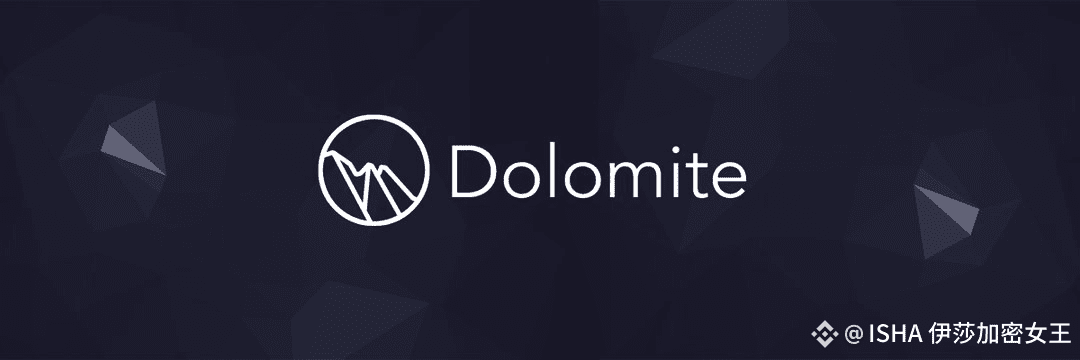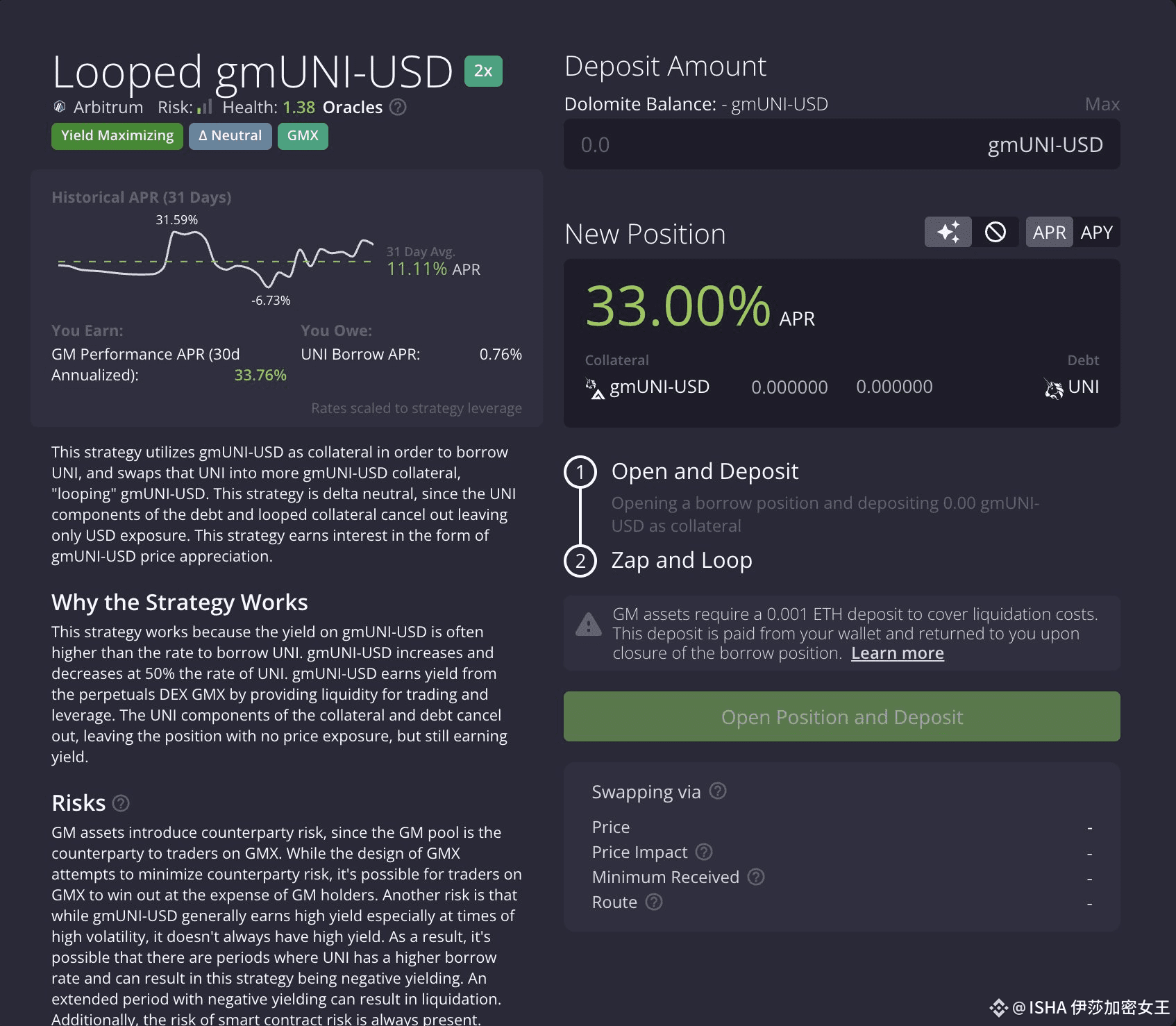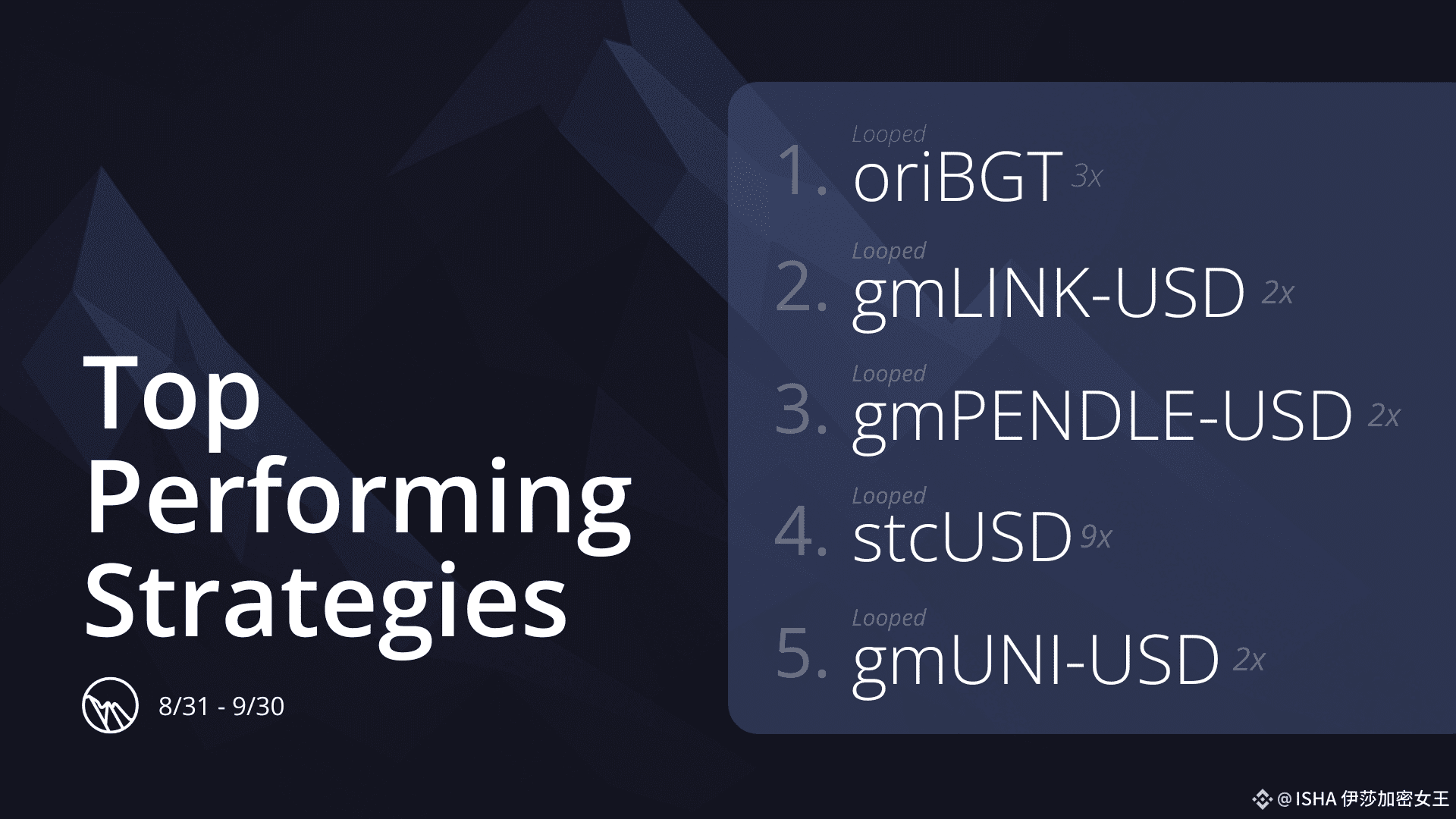
In the rapidly evolving world of decentralized finance (DeFi), where innovation often comes at the cost of accessibility or security, Dolomite shines as a beacon of comprehensive utility. As of October 2025, Dolomite has established itself as the leading lending and borrowing platform, uniquely capable of supporting over 1,000 distinct assets—a capability unmatched by its competitors. This isn't just a bold claim; it's a deliberate design that empowers users to lend, borrow, and earn yields while preserving the core "DeFi-native rights" that make blockchain assets powerful, such as governance voting, staking rewards, or yield-bearing mechanisms. Built on efficient Layer 2 networks like Arbitrum and Berachain, Dolomite seamlessly integrates money markets, decentralized exchanges (DEXs), and portfolio management into a single, mobile-friendly ecosystem. This article explores Dolomite's origins, mechanics, competitive edge, and why it's poised to become DeFi's "prime brokerage" in 2025.
The Genesis of Dolomite: From Early DEX Experiments to DeFi Powerhouse
Dolomite's journey began in the early days of DeFi, before the term became a household name. Founded by Corey Caplan and Adam Knuckey under Leavitt Innovations, the project took shape in 2018 with experiments in decentralized exchange technology on the Loopring protocol. Caplan, a Computer Science and Business graduate with deep crypto roots since 2017, envisioned a platform that democratized financial tools while preserving user sovereignty. Knuckey, a seasoned crypto trader, joined to tackle the fragmented nature of early DEXs, where trading volumes were modest at best.
The initial launch in 2019 predated the DeFi boom, offering a community-driven DEX with automated market maker services on Binance Smart Chain. The 2022 relaunch on Arbitrum marked a turning point, introducing a virtual liquidity system that blended lending protocols and DEXs, allowing assets to multitask across lending, trading, and farming without sitting idle. By 2023, a $2.5 million seed round from prominent investors fueled further expansion. In 2025, Dolomite's native token, DOLO, launched with listings on major exchanges, achieving instant liquidity and a peak fully diluted valuation of $111 million. Recent integrations, like cross-chain borrowing and native BTC lending on Botanix L2, highlight its evolution from a niche margin trading platform to a multi-chain infrastructure hub. With a strong community and partnerships with leading protocols, Dolomite has become DeFi's Swiss Army knife.
Core Features: Why Dolomite Feels Like DeFi's Missing Link
At its core, Dolomite is designed for capital efficiency, enabling users to maximize the value of their assets. Here's what makes it stand out:
Virtual Liquidity and DeFi-Native Rights
Unlike traditional lending platforms that lock collateral and strip away utilities like staking rewards or governance votes, Dolomite's virtual liquidity model keeps deposited assets "live," accruing external yields while serving as collateral. For example, users can stake a yield-bearing asset, borrow against it, and claim rewards via integrated interfaces—all without complex tokenization. This approach passes 100% of DeFi rewards to users, minimizing protocol fees.
Massive Asset Support and Isolated Positions
Dolomite supports over 1,000 assets, from major tokens like ETH and WBTC to niche yield-bearers like stcUSD or gmPENDLE, far surpassing its peers. Users can open multiple isolated borrow positions per wallet, each backed by up to 32 diverse collaterals, minimizing the risk of cascade liquidations. For instance, borrowing WETH at around 2.73% APR or looping stcUSD for 47.79% APR at 9x leverage is possible—options rarely found elsewhere.
Margin Trading and Strategies Hub
Dolomite's DEX layer enables unique pair margin trading, such as LINK vs. GRAIL or MAGIC vs. USDC, beyond standard ETH/WBTC vs. stablecoin pairs. The Strategies Hub simplifies advanced techniques like delta-neutral farming, looping, or pair trading with one-click execution, often yielding over 50% APRs. Recent integrations have reduced slippage on Ethereum and Arbitrum, boosting looping efficiency.
Mobile-First and Multi-Chain Accessibility
Unlike competitors confined to desktops, Dolomite's mobile app offers full portfolio management on iOS and Android, catering to mobile-first users. Deployed on Arbitrum, Mantle, Polygon zkEVM, X Layer, and Berachain, it leverages low fees and high throughput, with plans for Solana expansion. Security is a priority, with immutable, audited contracts and transparent, automated liquidations protecting lenders through isolated pools and robust risk controls.
Tokenomics: Powering Governance and Incentives

DOLO, Dolomite's native token, drives the ecosystem with a current price of $0.1117 and daily trading volume exceeding $30 million. Its tri-token model includes:
- DOLO: The base utility token, used for trading fees, lending/borrowing, and governance.
- veDOLO: A locked governance token offering voting rights and boosted rewards for long-term holders, convertible from oDOLO at a discount.
- oDOLO: Earned by liquidity providers and redeemable for veDOLO to encourage sustained participation.
This model incentivizes long-term alignment, with airdrops and rewards driving user engagement. Dolomite's Total Value Locked exceeds $600 million, with over $130 million borrowed, reflecting strong adoption.
How Dolomite Stacks Up: A Competitive Edge in DeFi Lending
Dolomite is more than a lending platform; it's a modular "DeFi operating system" addressing the fragmentation of the space. Compared to competitors, Dolomite supports far more assets (over 1,000 vs. Aave's ~100 or Compound's ~50) and offers unique features like virtual liquidity and native rights retention. While Aave excels in security and simplicity with a $10 billion+ TVL, it locks asset utilities and supports fewer niche tokens. Compound, with a $2 billion TVL, offers stable yields but lacks robust margin trading or mobile support. Euler, supporting ~200 assets, provides risk isolation but falls short on DEX integration. GMX focuses on high-leverage trading, not broad lending. Dolomite's integrations with protocols like Pendle and GMX, along with its Berachain launch featuring innovative staking and zero-liquidation pools, give it a distinct edge. While critics note potential risks like long-tail token volatility or governance concentration, Dolomite mitigates these with isolated positions and audited code.
The Road Ahead: Institutional Adoption and Beyond
In 2025, Dolomite is positioned for DeFi's "institutional breakout," offering robust infrastructure and compliance features. Upcoming additions like Smart Debt Management, which auto-swaps correlated assets to optimize fees, and potential Solana integration promise even broader reach. With daily volume around $24.6 million and a vibrant community praising its seamless blend of money markets and DEXs, Dolomite remains resilient despite market fluctuations. As its founder notes, "DeFi's future is about assets that work harder—not harder users." With immutable contracts and a thriving ecosystem, Dolomite isn't just weathering DeFi's challenges—it's building the foundation for its long-term success. Explore it at dolomite.io and reclaim your DeFi rights today.



